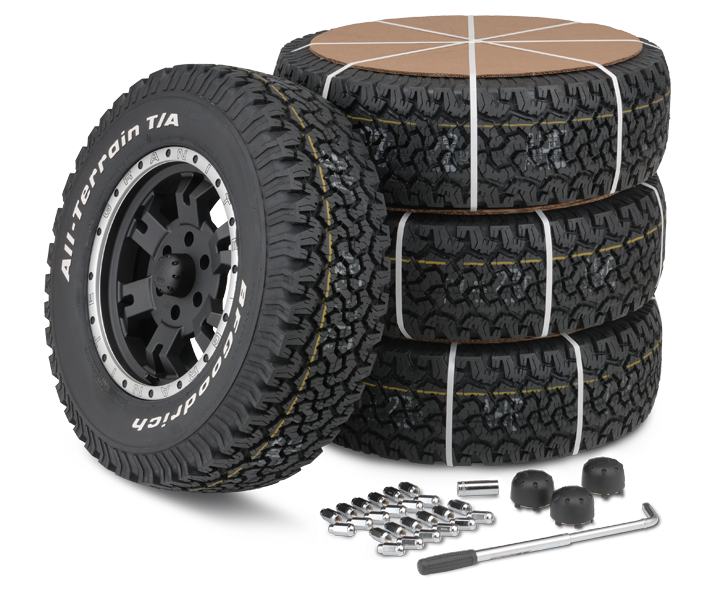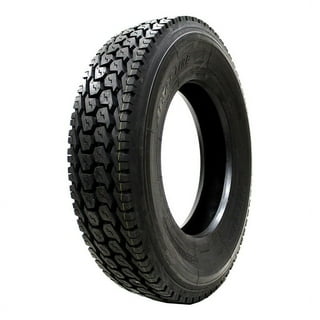Budget-friendly Discount Tires Morris IL: Unsurpassable Costs, Quality Assured
Budget-friendly Discount Tires Morris IL: Unsurpassable Costs, Quality Assured
Blog Article
Tire Solution: Recognizing Tire Pressure Surveillance Systems
Understanding Tire Stress Tracking Systems (TPMS) is a crucial element of preserving ideal vehicle efficiency and safety and security when driving. With improvements in automotive innovation, TPMS has come to be a typical attribute in contemporary lorries, giving real-time info on tire pressure degrees. Diving deeper into the complexities of TPMS, one can discover the numerous components that make up this system and the value of each in making certain exact surveillance. From direct to indirect TPMS systems, the landscape of tire stress tracking varies, each with its special set of advantages and considerations. Keep tuned to untangle the intricacies of TPMS, from upkeep pointers to the indisputable benefits of keeping your tires properly inflated. discount tires morris il.

Significance of TPMS
The value of Tire Pressure Tracking Systems (TPMS) hinges on their capacity to enhance lorry safety and security and performance via real-time surveillance of tire pressure degrees. Maintaining the appropriate tire stress is vital for guaranteeing optimal handling, braking, and general safety of a lorry. TPMS gives drivers with instant comments on any type of underinflated or overinflated tires, enabling for prompt adjustments to be made.
Parts of TPMS
Consisting of different important elements, a Tire Stress Tracking System (TPMS) functions as a sophisticated safety and security function in contemporary lorries. The main elements of a TPMS include sensing units, a control module, and a caution indicator. Sensors are typically situated in the tire valve stem or attached to the wheel setting up, where they determine tire stress and transmit data to the control component. The control component processes this details and sets off a caution if it detects substantially reduced pressure in any one of the tires. The caution indication, commonly an icon on the dashboard, signals the vehicle driver to check the damaged tire or tires. Some progressed TPMS versions also present the real tire stress readings for each and every tire, giving motorists with real-time details to make certain optimum tire performance and security. By keeping track of tire pressure constantly, TPMS helps avoid mishaps, minimizes tire wear, and boosts gas effectiveness, making it an essential component for vehicle security and performance.
Types of TPMS

On the various other hand, indirect TPMS relies on the vehicle's wheel speed sensors to keep an eye on tire stress. This system finds underinflation by comparing the rotational speeds of the wheels. Indirect TPMS is less expensive than direct TPMS, as it makes use of existing sensing units within the car.
While straight TPMS provides extra exact readings, indirect TPMS is easier in layout and generally calls for much less upkeep. Both systems have their advantages and constraints, and the option in between them typically depends on aspects such as cost, car make, and personal choice. Understanding the differences in between these two kinds of TPMS can aid car owners make notified decisions concerning tire upkeep and safety.
TPMS Maintenance Tips
Conduct regular my company checks on the tire pressure levels and contrast them with the TPMS analyses to ensure they are constant. Throughout tire turning or substitute, make certain that the TPMS components are handled meticulously to prevent any prospective damage. If the TPMS warning light brightens on the control panel, address the concern without delay by examining the tire stress and the total system for any mistakes.
Advantages of Correct Tire Stress
Maintaining appropriate tire stress, as emphasized in TPMS Upkeep Tips, is vital for reaping the countless advantages connected with optimum tire stress levels. Among the main advantages of keeping the proper tire stress is enhanced fuel performance. When tires are effectively inflated, there is much less rolling resistance, leading to much better fuel economy. basics Additionally, appropriate tire pressure makes sure also tire wear, expanding the lifespan of the tires and advertising more secure driving conditions. With the ideal tire pressure, vehicles also have far better handling and grip, especially in damaging weather. This can boost overall driving performance and safety and security for the motorist and travelers. Furthermore, preserving ideal tire stress can add to a smoother and extra comfortable ride by lowering resonances and noise triggered by underinflated tires. To conclude, the advantages of correct tire stress exceed simply tire durability; they include enhanced gas effectiveness, boosted safety and security, far better car performance, and general driving convenience.
Conclusion
To conclude, recognizing tire stress monitoring systems (TPMS) is essential for preserving ideal tire pressure and making certain vehicle moved here security. By acknowledging the importance of TPMS, knowing with its parts, knowing the different kinds available, adhering to proper maintenance ideas, and realizing the advantages of maintaining appropriate tire pressure, drivers can improve their driving experience and lengthen the life-span of their tires. Proper tire stress is key to effective and safe lorry procedure.

Report this page